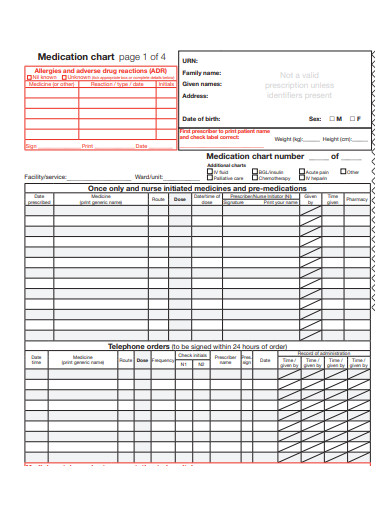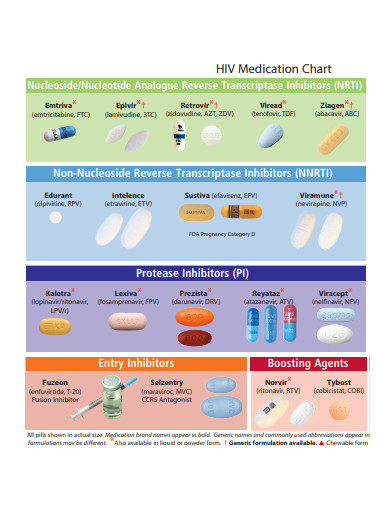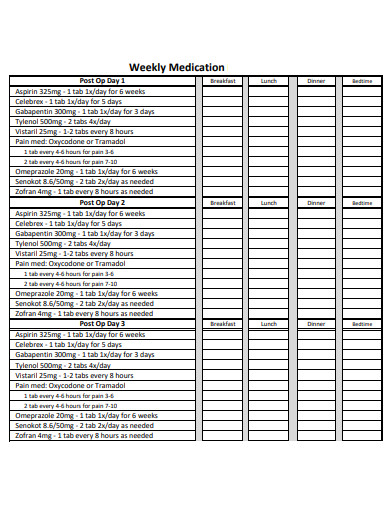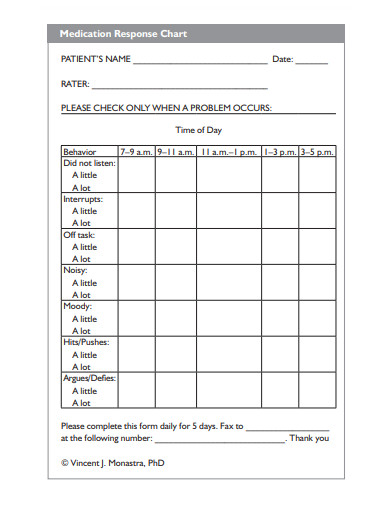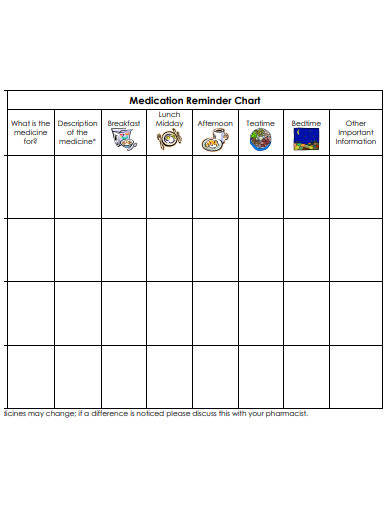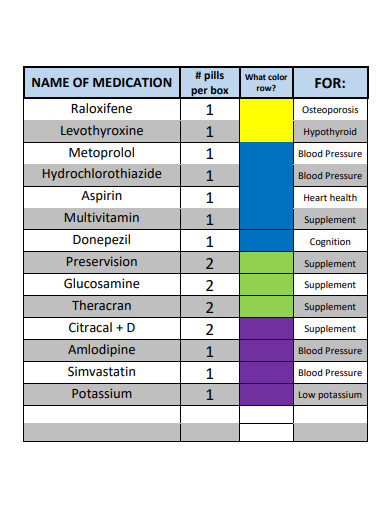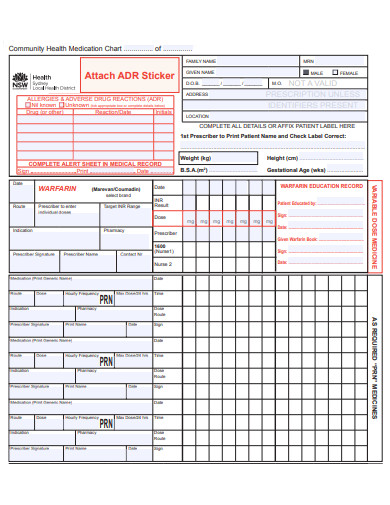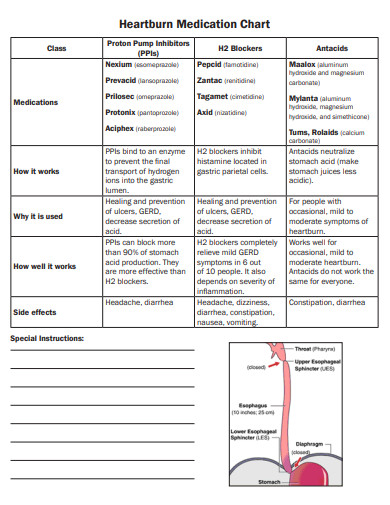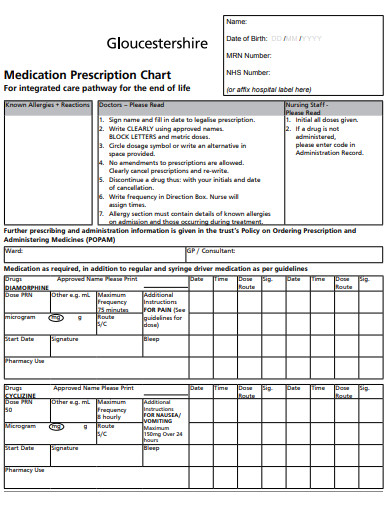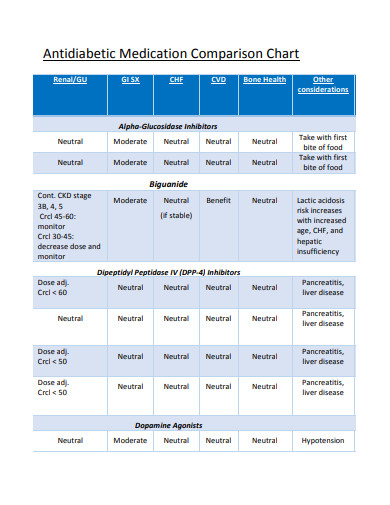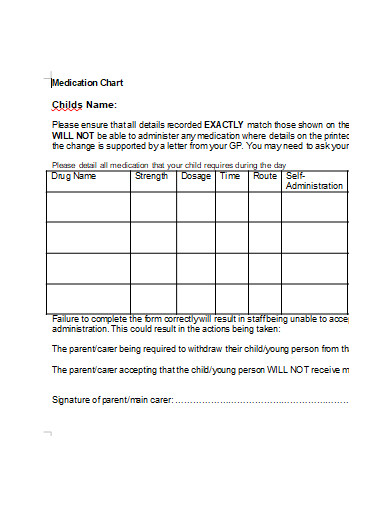If there is something certain in life, it’s that it is always unexpected. Sometimes situations happen all of a sudden that we’re not prepared for. Sometimes life doesn’t always happen as we plan it. There are times when medical emergencies arise that will send you straight to the emergency room of a hospital. This is a scary and stressful situation to experience. However, one can always plan to save themselves and their health. One of the things everyone should do is carry a medication list or chart wherever they go, especially if they’re taking maintenance medication. Without a medication chart or list, you could forget all the medication you’re taking and this could lead to some problems, such as forgetting to take medicine for a various conditions, forgetting the dosage or number of times you need to take the medicine, or erroneously tell your healthcare provider what medications you’re currently taking which will result to them prescribing you with medication that may react with your current medication or prescribe you with the medication you’re already taking. This article will guide you on how to make a medication chart.
10+ Medication Chart Samples
1. Medication Chart
2. HIV Medication Chart
3. Weekly Medication Chart
4. Medication Response Chart
5. Medication Reminder Chart
6. Sample Medication Chart
7. Commmunity Health Medication Chart
8. Heartburn Medication Chart
9. Medication Prescription Chart
10. Antidiabetic Medication Comparison Chart
11. Printable Medication Chart
Importance of Keeping a Medication Chart
Keeping a medication chart or list is very helpful in case you encounter various unexpected health situations. It is a great tool to use as a reminder of what medications you’re taking and how often do you need to take them. It’s also a practical way of sharing your medication details with your family, friends, and healthcare providers. It is also useful as a source of information for physicians if ever you get hospitalized. Keeping one and bringing them wherever you go can help save your life in case of of emergencies occur.
How Does One Keep Track of Their Medication?
1. Know Your Medicines
The first thing you should do is to know what medicine you’re taking. To do this, you can do the following techniques:
- Create a master list of all your medicines. List down all their names, their doses, and other important information, such as if they are prescription medications, or, over-the-counter medicines, or herbal products.
- Know what each medicine is for and what side effects to watch for.
- Take note of when you will run out of each medicine. If you have medicines that are about to deplete, write a reminder in your chart to refill them.
- Make sure you know what to do if you miss a dose. Communicate to your doctor about each medicine you take and ask them what you should do in case if you miss a dose.
- Make sure your medicines aren’t expired. Check their expiration dates.
2. Create a Routine
- Make a schedule for taking your medicines, and make sure to follow it every day. You can use the chart as your medicine planner.
- Set your alarm to remind you when to take your medicines. If you live with family members or roommates, ask them to remind you when to take your medicine.
- Use sticky notes to remind yourself which medicine to take and what time to take them. Place the notes where they will be highly visible in your perception.
3. Use a Medicine Holder
- Use a pillbox with dividers to place your everyday medicine or supplements. Choose a pillbox that best fits your needs.
- Put the pillbox somewhere where it will remind you to take your medicines.
- Keep one pill in its original bottle just to remind you which pill from the pillbox came from.
- Don’t use a pillbox for medicines that need to be stored in their original packaging.
FAQs
How to create a medication list?
If you want to create your medication list, follow the steps below:
- List down all medications you are taking including vitamins and supplements.
- Include the name of the medication, the dose you’re taking and the number of times a day you have to take the medicine.
- Include brief information about how to take the medication.
- Don’t forget to include any information about allergies that you have.
- Update the list as needed.
- Share the list with close friends, family, and caregivers.
Where does one keep their medication list?
It is strongly advised that everyone should keep a copy of their medication list with them all the time especially if they are out of their house. This is to ensure that they have their list or chart in case of emergency. You can create a wallet-sized list to make it easier to carry around wherever you go. Make sure you place it in a safe and accessible place so anyone can access it if you’re unable to communicate and at the same time keep it safe from getting misplaced. It’s also wise to give a copy of the list to your family members as well.
A medication chart or list is indeed an important tool to keep yourself healthy and prepared for emergencies. It only takes a few minutes to create one so there is no excuse not to write one. Once you’ve started creating your medication list, make sure to keep it updated at all times especially if you’re taking new medications or supplements. To help you get started making the medication chart, download our free sample templates above to use as your guide!
Related Posts
FREE 10+ Seat Chart Samples in PDF
FREE 10+ Pie Chart Samples in PDF
Free 3+ Eye Color Chart Samples in PDF
FREE 10+ Family Chore Chart Samples in PDF
FREE 10+ Classroom Chart Samples in PDF
FREE 10+ Genealogy Chart Samples in PDF
FREE 10+ Shipping Chart Samples in PDF
FREE 10+ Goal Chart Samples in PDF
FREE 10+ Character Chart Samples in PDF
FREE 10+ Table Seating Chart Samples in PDF
FREE 10+ Classroom Seating Chart Samples in PDF
FREE 10+ Grade Chart Samples in PDF
FREE 10+ Workflow Chart Samples in PDF
FREE 10+ Budget Chart Samples in PDF
FREE 10+ Process Flow Chart Samples in PDF

